Introduction:
On the personal front, I witnessed Perini dance for the first time in the Ranga Mandapa of the renowned UNESCO heritage site in Telanaga, i.e., the Ramappa Temple. Through the sessions at the camp, I learned that there is a mention of this dance in the “Nr̥tta Ratnāvalī ” of Jaya Senani or Jayapa Senapati. Although Jaya Senani served as a Military commander (Elephantry) under King Ganapati Deva of the Kakatiya Dynasty, he authored three books on the various art forms, namely Geeta Ratnavali, Nr̥tta Ratnāvalī, and Vadya Ratnavali.

Literary Evidence and Classification of Dance forms
In the Nr̥tta Ratnāvalī, there is a description of Perini and various desi dance forms. This treatise was composed in Sanskrit in the 13th century (1253 AD). But there is a mention of Perini in the “Bharatārṇava” (one of the oldest texts), penned by Nandikeshwara. Dr. Ramakrishna V’s research on Perini suggests that in the Bharatārṇava text, Perini is considered one of the Sapta Lāsyas (Sapta means Seven) and is attributed to Lord Brahma. The other ancient texts that provide inputs about the Perini are, Sangītha-Samaya-Sāra of Pārśvadēva, and Sangītaratnākara of Sārṇgadēva.
One of the classifications of the ancient dance forms is ‘Mārga ‘and ‘Dēśi‘. Margi dance forms are classical dances that adhere to the standards and parameters outlined in the ‘Natya Shastra’ (written by Sage Bharata), whereas Dēśi includes regional dance forms. Jayana’s Nr̥tta Ratnāvalī sheds light on both the Mārga and Dēśi dance traditions, and Perini is considered a Dēśi dance tradition.
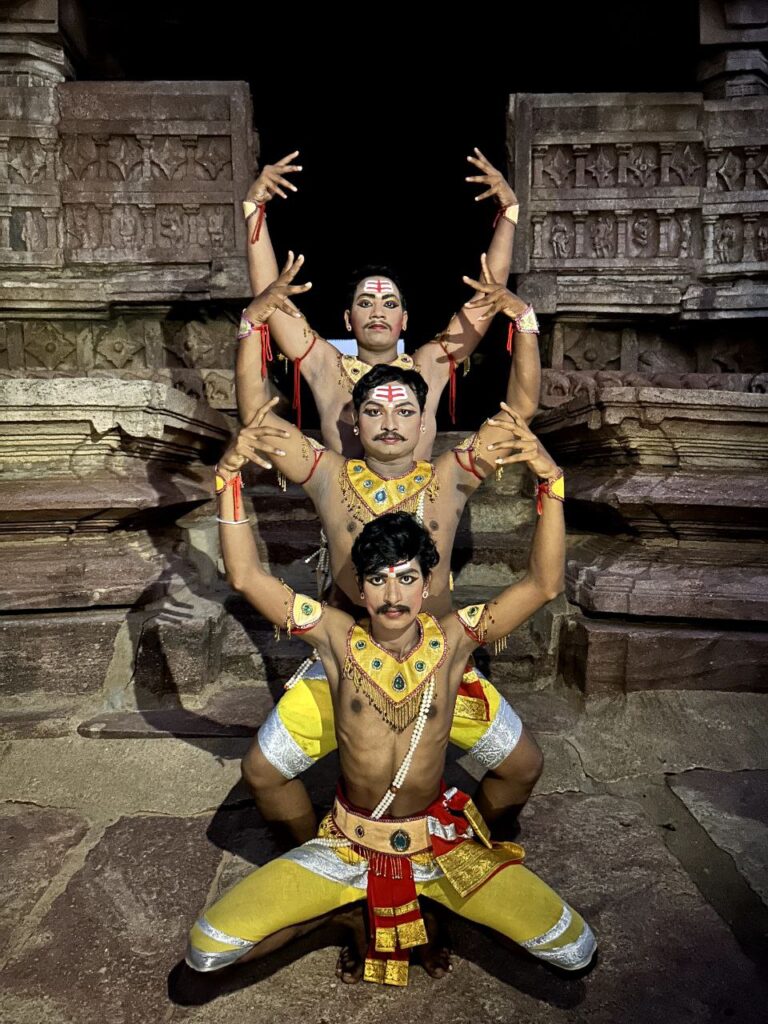
Revival of Perini
The revival of the Perini dance was initiated by (Late) Dr. Nataraja Rama Krishna. He was honoured with the Padma Shri and Sangeet Natak Akademi Award for Dance – Kuchipudi. Thanks to his groundbreaking research and unwavering commitment to reviving extinct dance forms, he played a pivotal role in resurrecting ancient dance traditions in South India, particularly in Andhra Pradesh and Telangana.
While searching for a male-oriented dance form, Dr.Nataraja Rama Krishna discovered three folk dances: Virakallu, Viramusti, and Viratnatyam. After in-depth analysis, comparisons, and based on his studies on Nr̥tta Ratnāvalī (Jaya Senani), he decided to reconstruct the Perini dance. Nataraja Garu had visited the Ramappa temple numerous times to understand the sounds and the various instruments used by the artists of those days (Ex Mardangikas –drummers). There are representations of instruments and postures in the Ranga mandapa and on the panels flanking the entrance to Antarala in the temple. These observations aided in composing the Jati patterns, with the help of Shri. Surya Lingam. The sound of ‘Thaam’ in the current Perini music is produced from the Mridhangas (musical instrument), and according to Dr. NRK and Shri. Surya Lingam, which indirectly represents the sound of the cosmos, i.e, ‘Om’. During the reconstruction of the Perini dance, he majorly focused on the Gharghara part (one among the five Perini-Pancāngas).
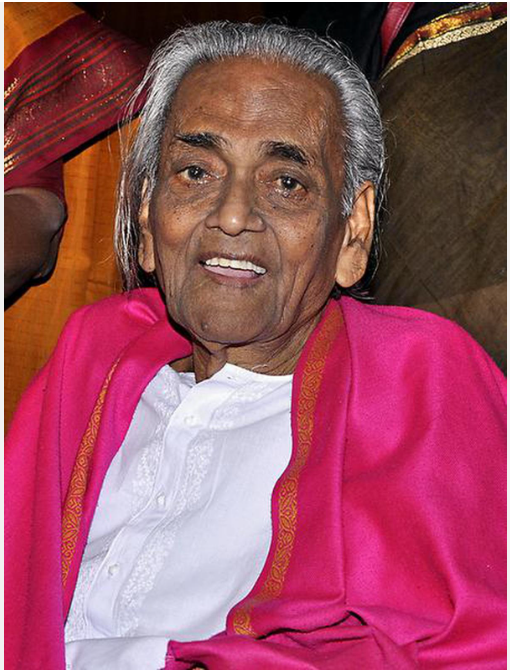
Perini-Pancāngas
According to texts, Bharatārṇava, Sangītha-Samaya-Sāra, Sangītaratnākara, and Nr̥tta Ratnāvalī, there are five elements in Perini and are known as Perini-Pancāngas. They are Ghargharam, Vishamam, Bhavasrayam, Kavicharakam, and Gitam. Ghargharam is further classified into Six/Seven types, in Bharatārṇava, Sangītaratnākara, and Nr̥tta Ratnāvalī.
- Ghargharam: describes training the Perinin (an artist who dances) in creating various sounds and melodies, from the ankle bells or Gajje/Gajellu.
- Vishamam: includes jumping and hopping movements.
- Bhavasrayam: creating a humorous sentiment through imitation.
- Kavicharakam: describing a noble or a heroic character, such as a King.
- Gitam: singing and dancing to Saalag Suda songs.
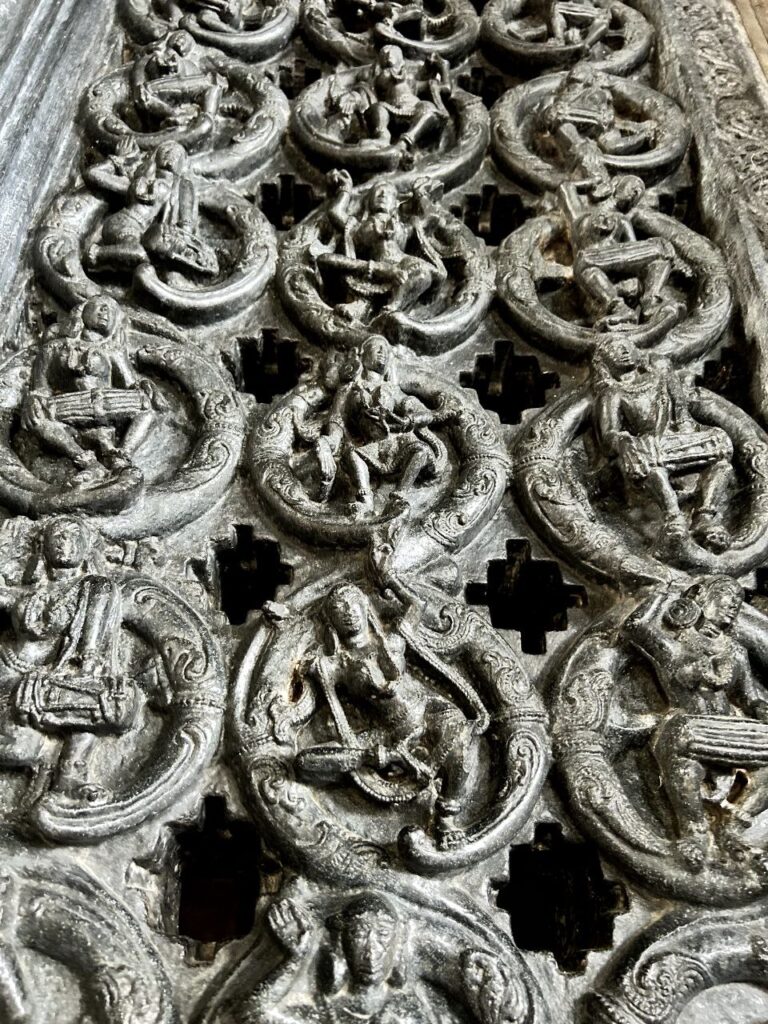
Qualities of ‘Perinin‘
In Sangitaratnakara, the performer of Perini dance is known as Periṇin, and in Nr̥tta Ratnāvalī, the performer is also called Perani. Both texts elucidate the qualities of the Periṇin/Perini in detail. The required external features of Perinin are to have his head shaved (leaving a small tuft of hair), total body smeared with ash, shanks are to covered with ankle bells, and should carry Chamaram (fly-whisk). Perinin should also possess intellectual and artistic skills to execute the dance rhythmically.
Perini dance comprises two components: Lasya and Tandava. Further research is necessary to determine which of these components were performed by men or women during that time due to ambiguity.
However, contemporary Perini dance execution differs from traditional texts. The statement mentioned above is supported by a detailed presentation given by Dr. Rama Krishna V (source).
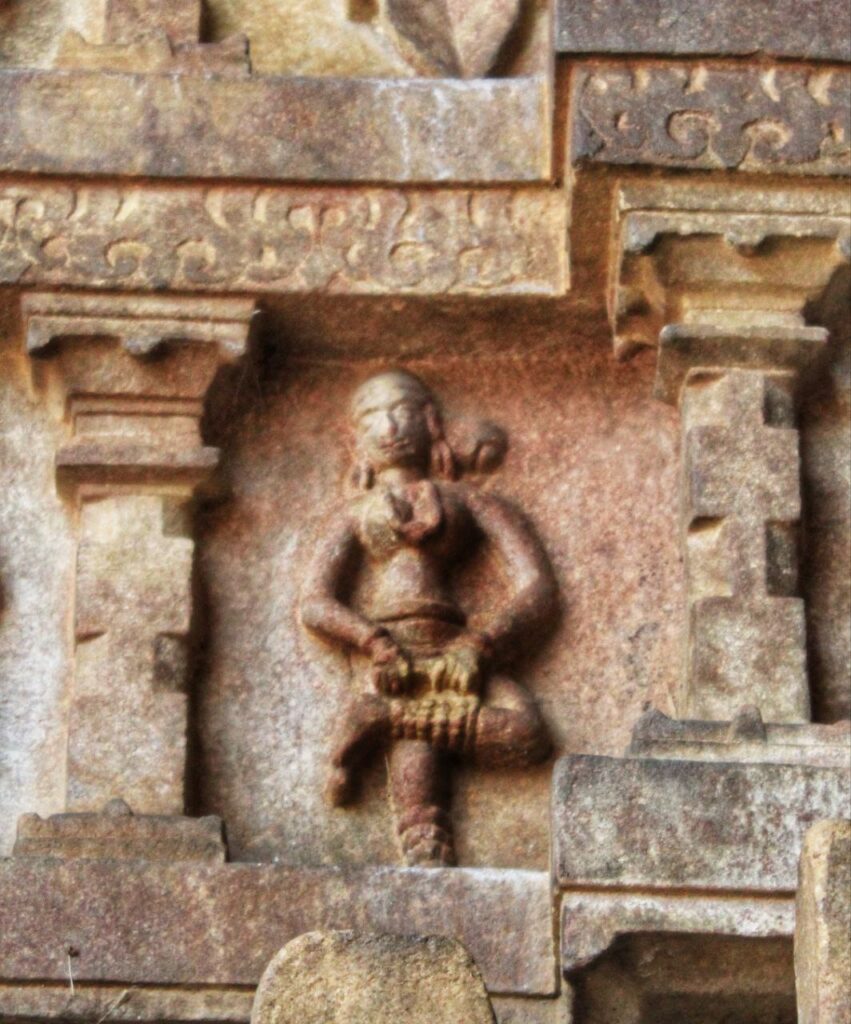
Is Perini a War Dance?
Some scholars suggest that the word ‘Perini’ is derived from the Telugu word “Prerana,” which means “Inspiration”, and Dr. Nataraja Rama Krishna and others believed that Perini dance was performed by soldiers before the war, during the Kakatiya’s reign. The reason Dr. NRK considered it a War dance was due to the inference he drew from Veera Natyam (which is a fierce dance performed by men. According to literary evidence, a humorous element (Hasya rasa) is present in the Bhavashrya/Vikata/Vagada part of the Perini-Pancāngas. There seems to be a contradiction in the approach with time. As mentioned earlier, there is a difference in the execution of the current Perini dance compared to the traditional procedure mentioned in the literary sources in the ancient days. There is constant change and evolution in the way art forms are performed over time. However, conducting further research in this area can provide us with more clarity.
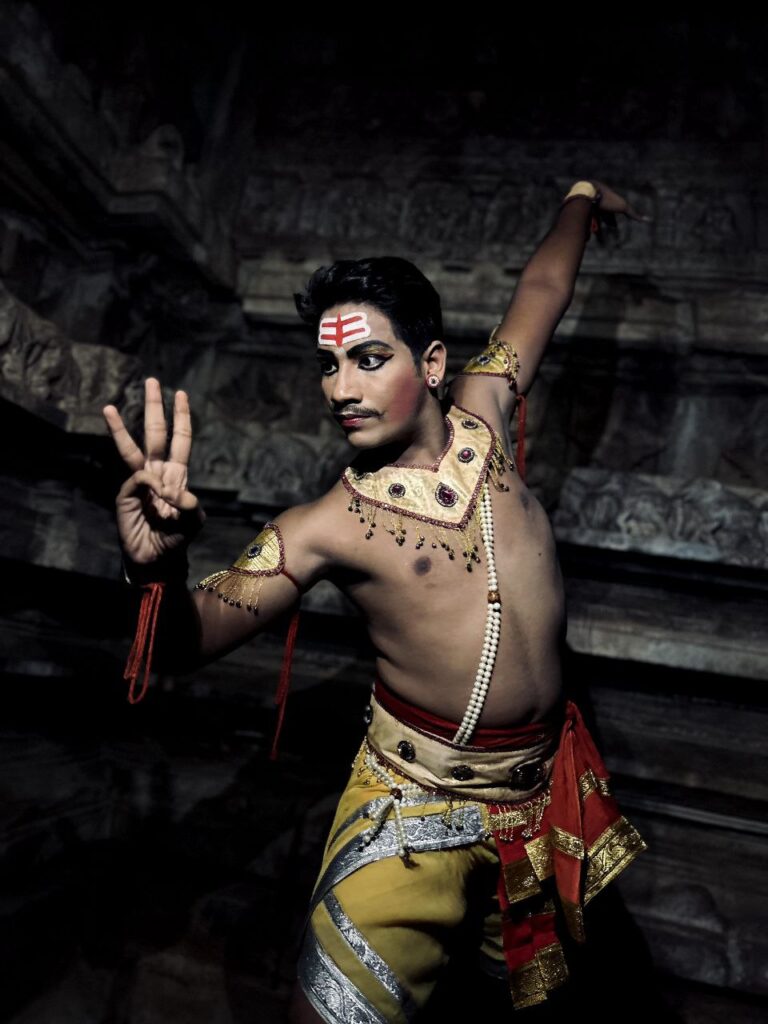
Perani in Karnataka:
According to Dr.Tulasi Ramachandra, there is a mention of Perani dance in the Kannada literature. One of her articles mentions the presence of iconographic evidence of the Perini dance in temples located in the regions of Halebeedu, Nuggehalli, and Jinannathapur (Karnataka state). The author might have identified the sculptures based on the ankle bells, fly-whisk, etc. It is hard to completely rule out this possibility due to the varied geography, political power, and cross-pollination of ideas, customs, and culture during that time.
Conclusion:
There are many dance forms, including folk dances, that are at risk of disappearing. Some of them may have existed in the past under different names. Thanks to the contributions of Nataraja Rama Krishna, we now know about the Perini dance form. However, there is still some ambiguity regarding certain aspects of Perini. This dance form is promoted as one of the ancient dance forms in Telangana. Further research and analysis are necessary to understand this unique dance form more comprehensively.
I would like to express my gratitude to Dr. Hima Bindu Kanoj for her guidance, and to Dr. Rama Krishna V, Mrs. Sindhuja Suryadevara, and Smt. Sathwika Penna for providing me with the necessary information. I would also like to extend my thanks to Mr. Vijay, the guide at Ramappa, for his constant support, and to Rethvik Reddy for the aesthetic pictures of the artists.
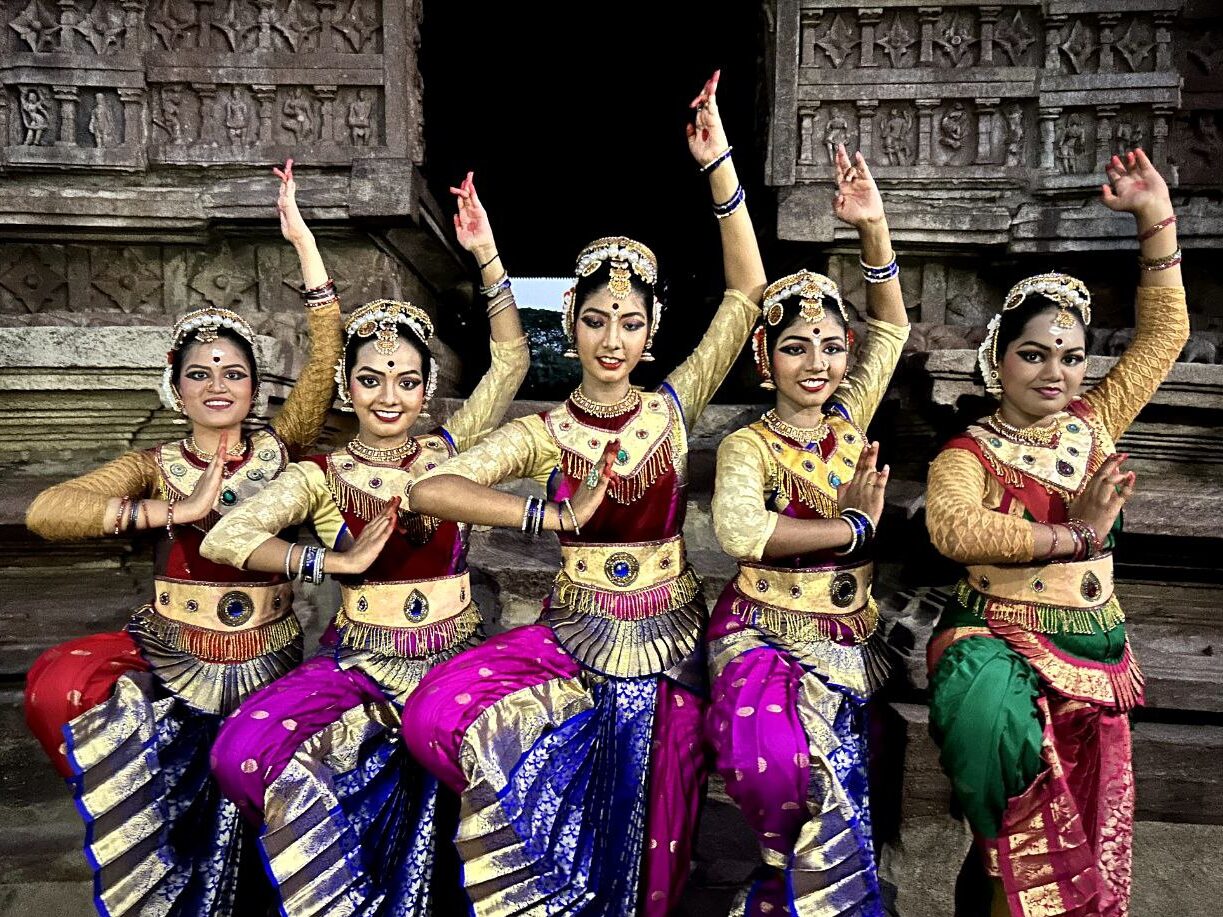
Bibliography:
Nr̥tta Ratnāvalī-Jayapa Senani
https://sites.google.com/view/kuchipudidrramakrishna/research?authuser=0 – Dr. RamaKrishna V
Daakshinathyula Natyakala Charitra-Dr. Nataraja Rama Krishna (Telugu Edition)
Perani A Unique Dance Tradition of Karnataka, Dr. Tulasi Ramachandra.
